Egrets’ Courting Ritual | Northern California Fine Art Photographer
There is a small greenbelt area in the center of a little town near where I live. As I was driving down the Main Street, I noticed a rookery in a large tree near the center of the greenbelt. It was full of great egrets and great blue herons as well as a few other smaller birds. I was so surprised to see them, but they have apparently adapted to city life. I tucked this information away for the time being with a plan to come back another day to photograph them. Lucky me, when I returned a few days later I was able to capture the egrets’ courting ritual and nest building.
When it comes to courtship displays in the animal kingdom, the snowy egret is a true standout. With its brightly colored beak and feathery plumbs, these elegant birds engage in a mesmerizing and intricate dance to attract a mate, showcasing their beauty and grace in a spectacle that is truly awe-inspiring.
The Dance of Love
During the breeding season, male egrets go to great lengths to impress potential partners. They start by selecting a suitable nesting site and meticulously constructing a nest made of twigs, grass, and other materials. Once the nest is ready, the male begins his courtship display, which involves a series of elaborate movements designed to catch the female's eye.
The male great egret will puff out his chest, spread his wings, and prance around the nest, all while displaying his stunning white plumage and delicate feathers. He may also engage in vocalizations, such as calls and trills, to further entice the female. This elaborate dance not only showcases the male's physical prowess but also demonstrates his commitment to providing for a potential mate and their future offspring.
The Role of the Female
While the male takes the lead in the courtship ritual, the female great egret also plays a crucial role in the mating process. She carefully observes the male's display, assessing his fitness and suitability as a partner. If she is impressed by his performance, she will signal her interest by reciprocating his movements and vocalizations.
Once a pair has formed, the egrets will continue to strengthen their bond through shared activities such as nest-building, grooming, and even synchronized flying. This partnership is essential for successfully raising their young and ensuring the survival of their species.
Two Days of Photographing
On the first morning I spent photographing the egrets, there was a bit of cloud cover. I hadn’t yet located a good spot to view and photograph the egrets, so I decided to come back the following morning to try to improve my vantage point. This proved to be a compromised decision. On the second day, it was raining off and on with a dense cloud cover. I did manage to locate a wonderful viewing and shooting area, so I was able to observe the egrets’ courtship ritual.
Day 1
egret rookery tree
egret nest building
Gathering nest-building material.
Day 2
egret courting behavior
The feathery wings and bright beak are indicative of the breeding plumage.
This is a short clip of the courting behavior - swaying his feathers, squatting down, then stretching up.
Can’t find what you’re looking for? Use the Search option below.
* * * * * * *
As a published, featured northern California fine art photographer living in the greater Sacramento area, I specialize in fine art landscape, nature, and still life photography. My style is authentic, fresh and personality-driven. I offer several educational opportunities including workshops and photography mentoring. You can learn about them by going to SERVICES and WORKSHOPS. While currently living in rural northern California with my husband and a couple thousand walnut trees, I post regularly to Instagram.
Please CONTACT ME with any questions or to schedule your learning session.
Serving Yuba City/Marysville, East Nicolaus, Wheatland, Lincoln, Woodland, Davis, Roseville, Rocklin, and the greater Sacramento area.
(530) 633-7575
Join other advanced photographers who are recognized for their technical and creative work. Learn more HERE.







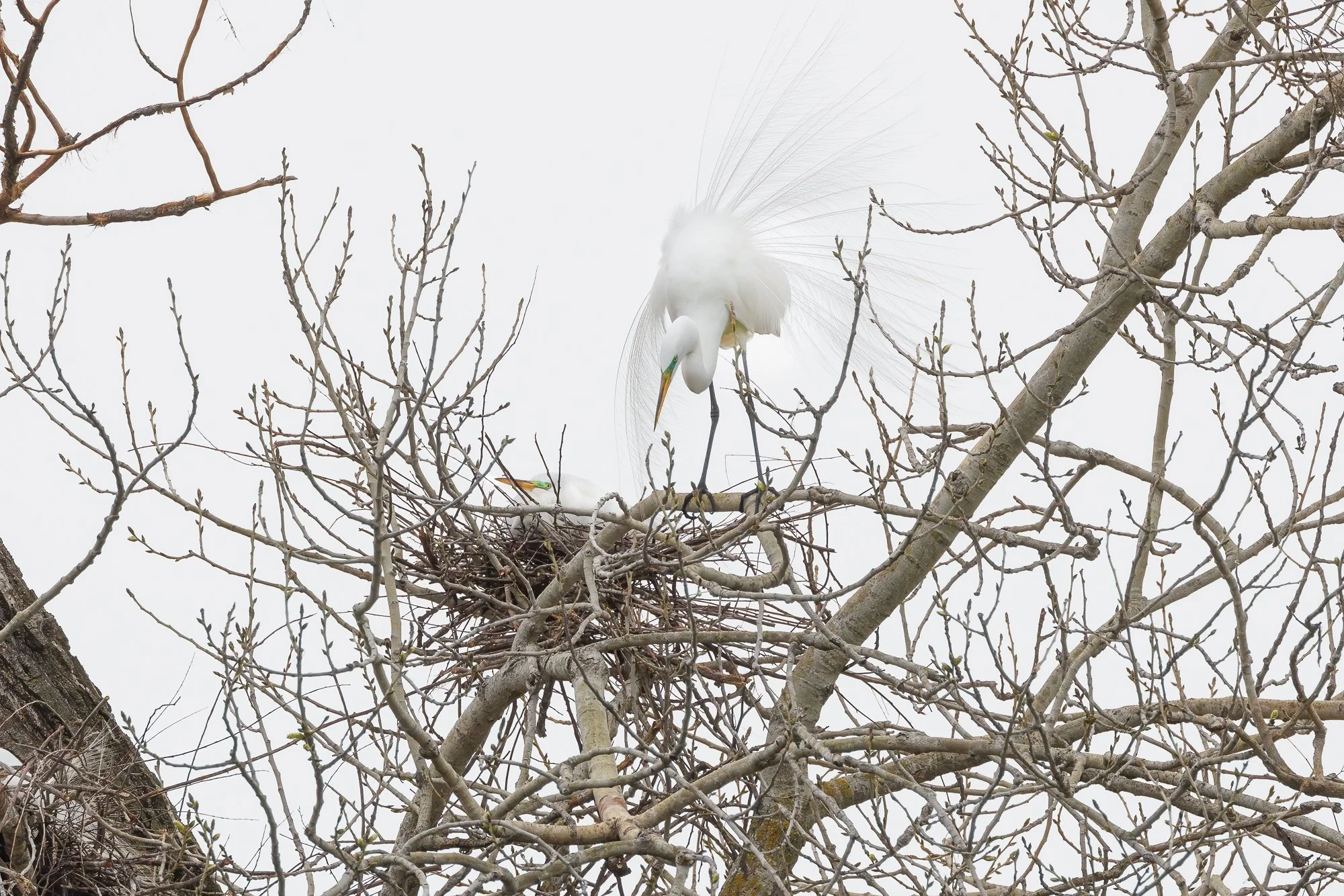

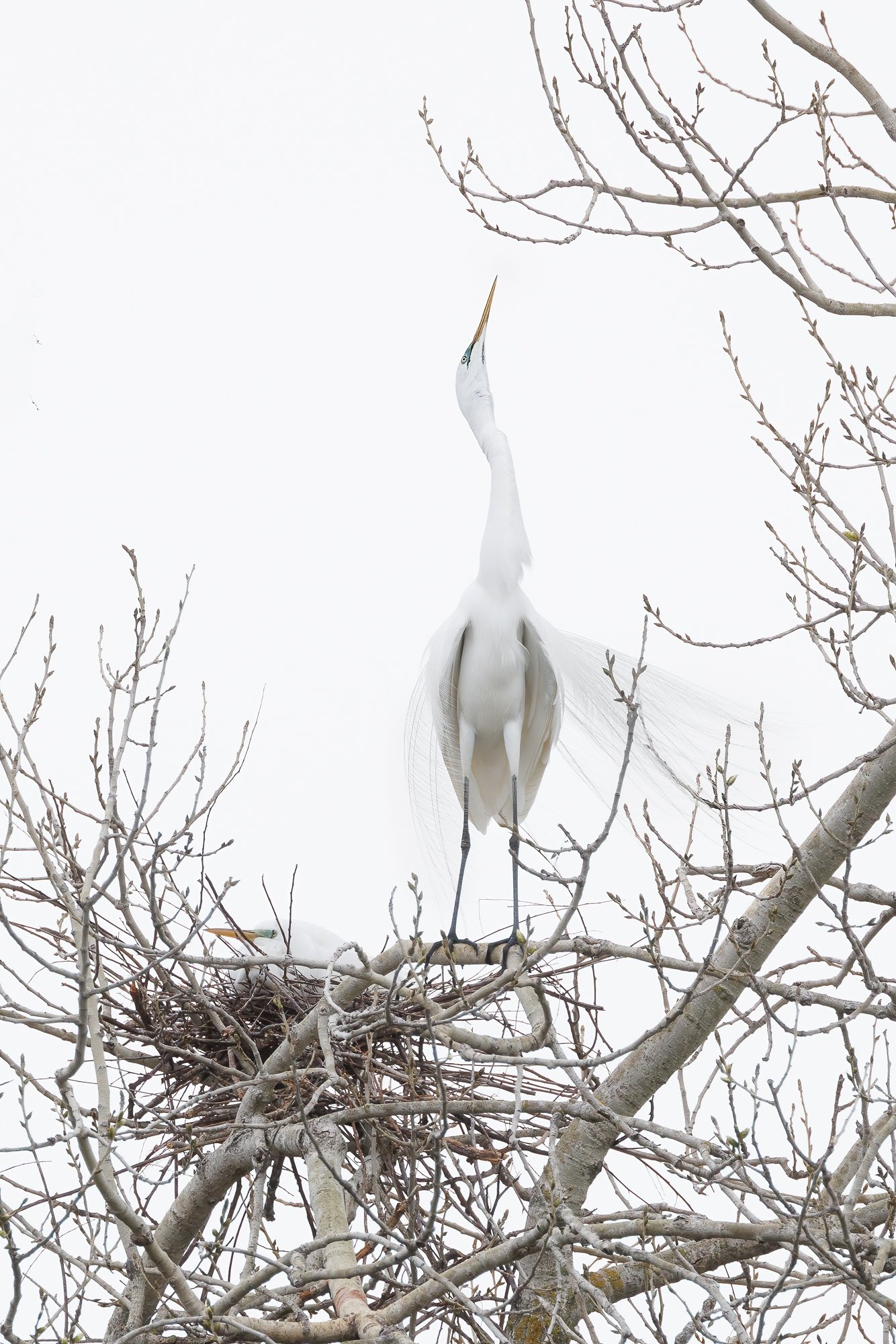




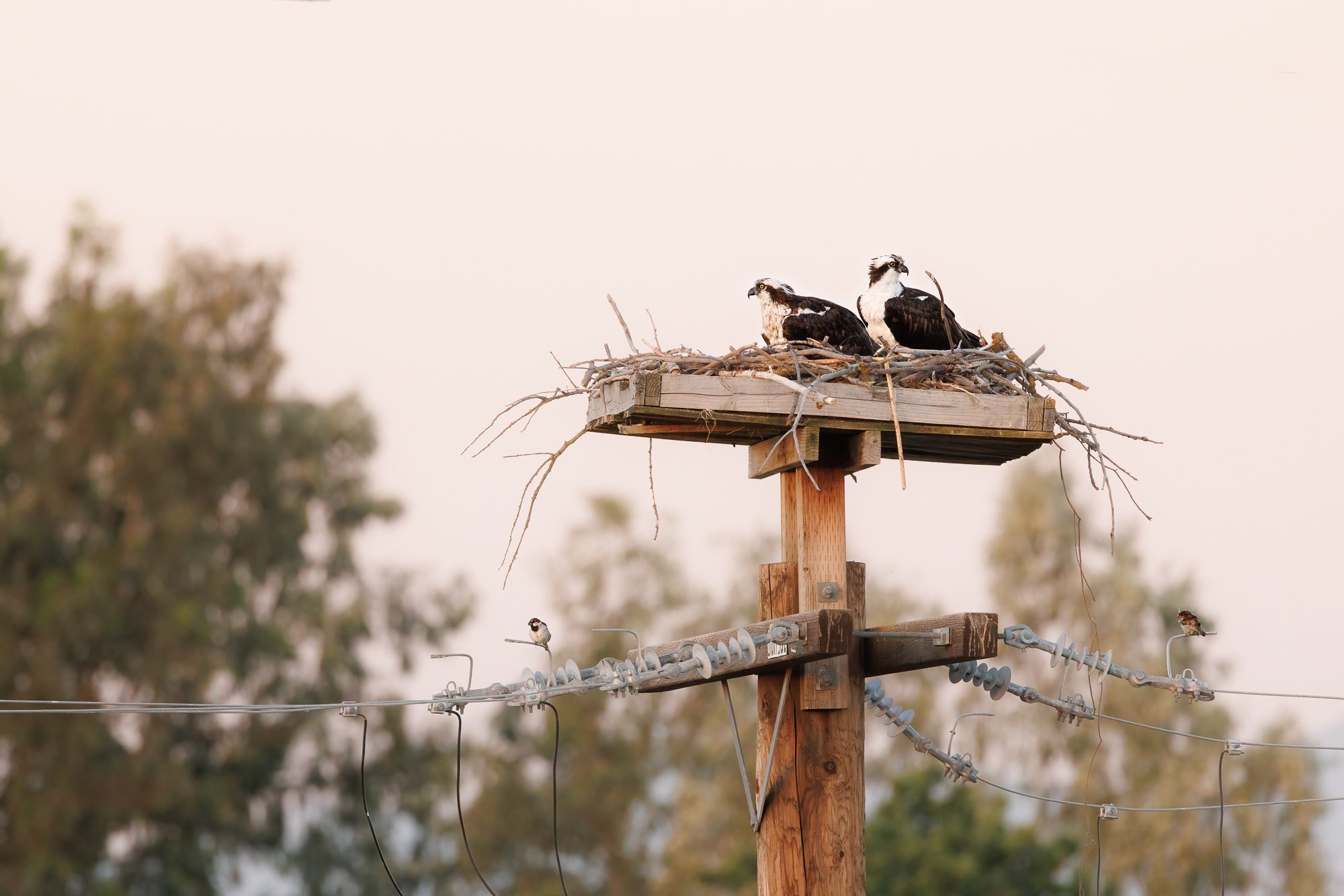


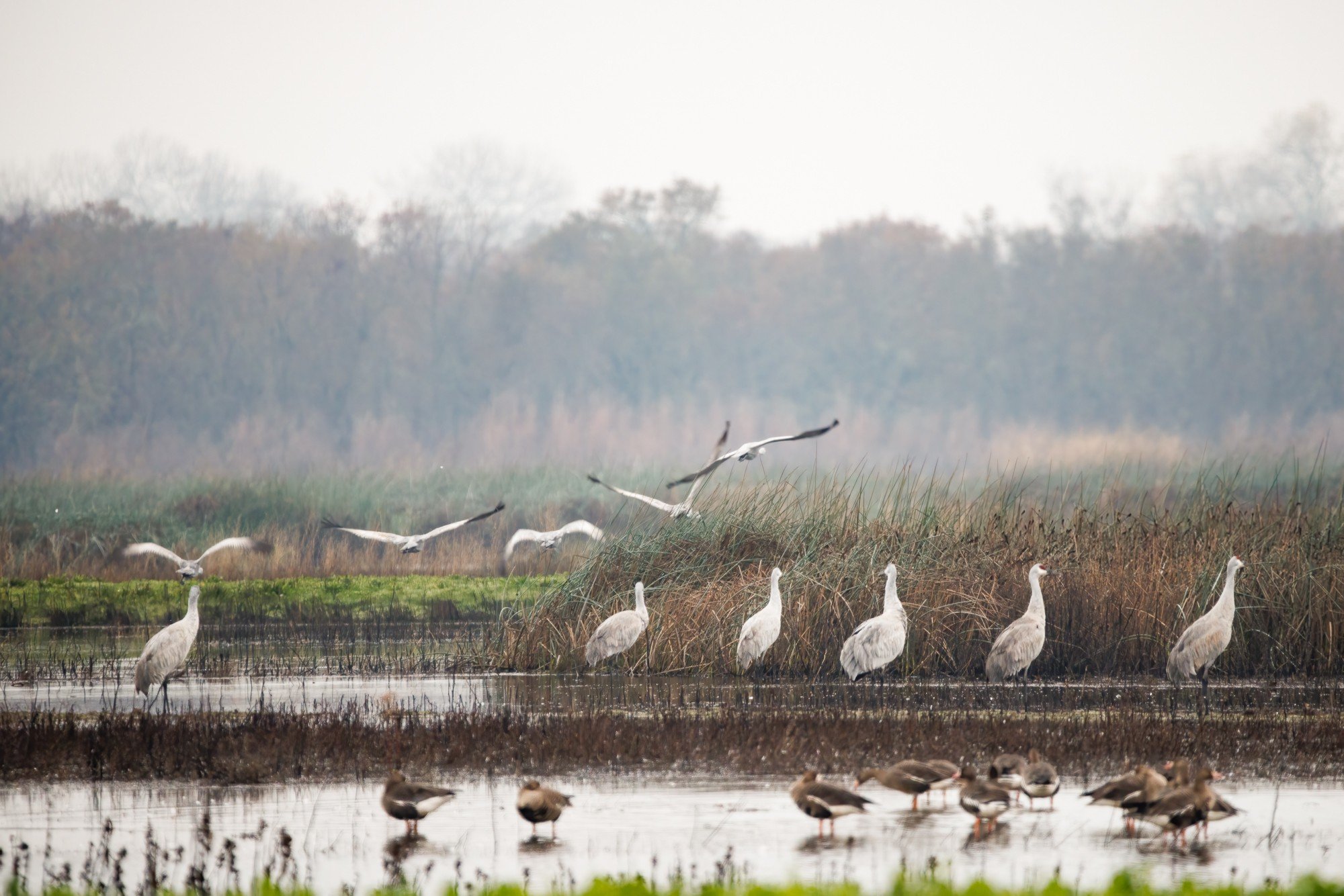
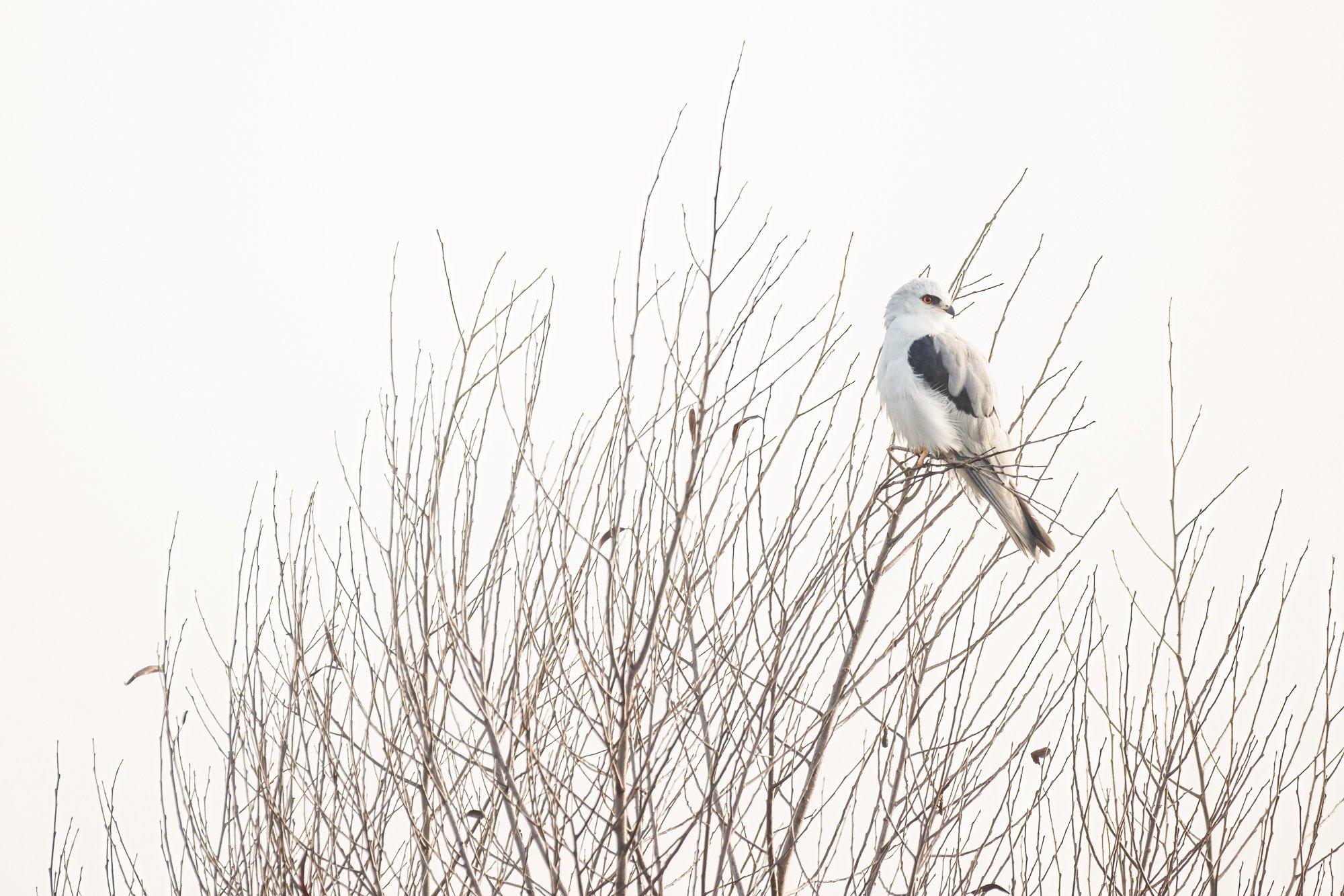
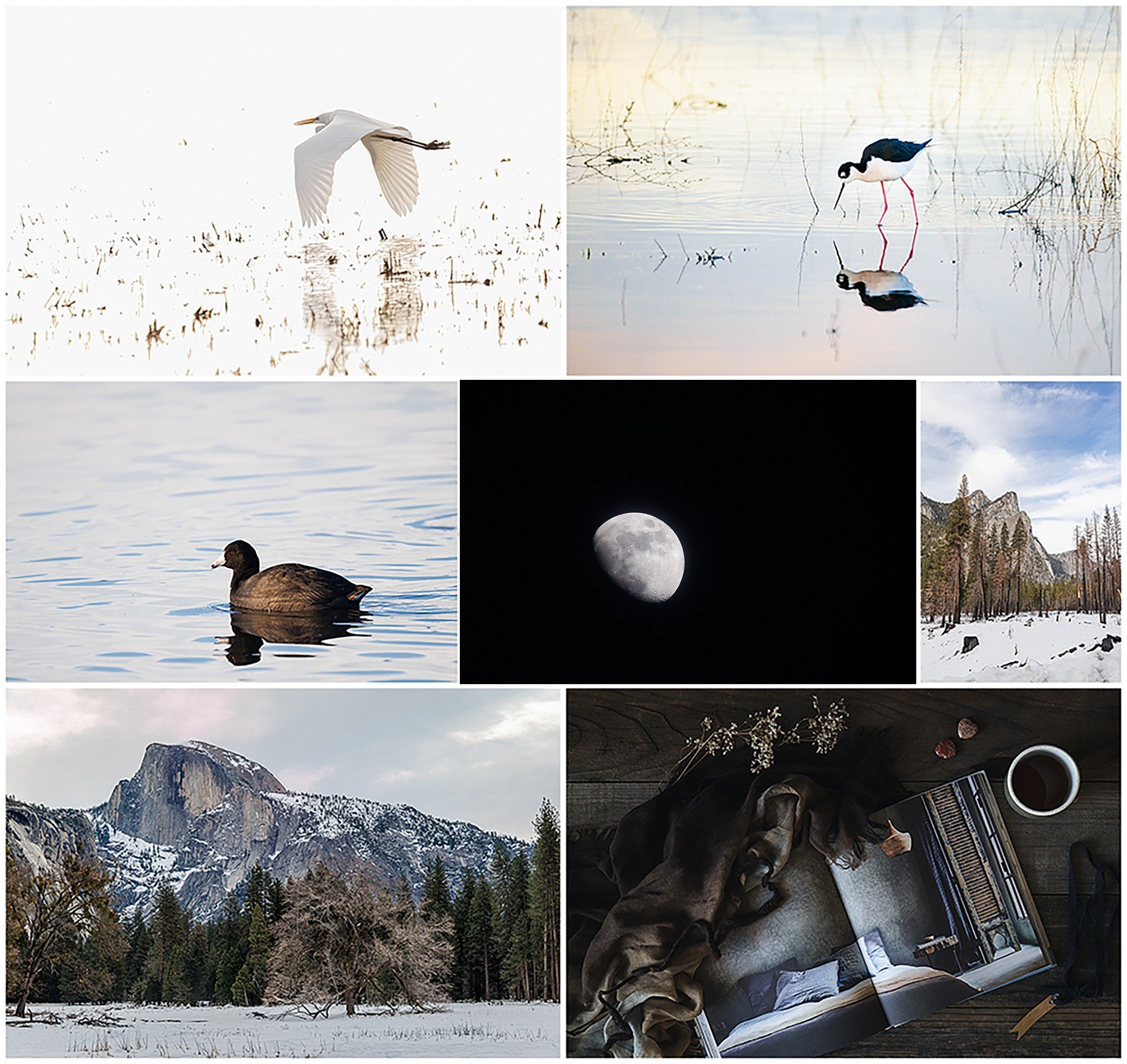







When I began learning photography, birds were not on my radar as subjects. People, nature, landscapes, still life, and general things of interest to me were my subjects. In fact, I’ve never really cared for birds. It might be because I was attacked by a rooster once upon a time.